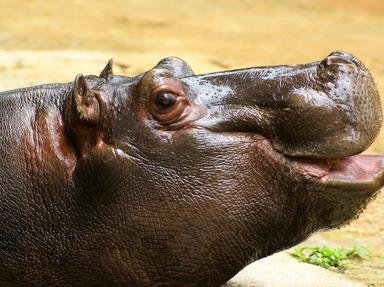Quiz Answer Key and Fun Facts
1. Despite its name, this large, omnivorous bird lives in freshwater wetlands, and with the exception of the hint of crimson that decorates its crown, it is naturally grey in colour. Which bird is this, which also happens to be the most common of its kind?
2. What tiny, blood-sucking member of the arachnid family is red-brown in colour, and is predominantly known as being a vector for Lyme disease?
3. Which carnivorous fish, which is native to the Atlantic, Pacific and Indian Oceans, is not only one of the largest fish in the world, but is also well-known for its distinctive and dangerous, spear-like snout?
4. What invertebrate, which is a close relative of coral and jellyfish, takes its name from a flower that is sometimes referred to as the windflower?
5. What member of the sea slug family, whose scientific name translates to "naked gills", is known for displaying some of the most intricate patterns ever seen in the animal world?
6. What long-haired primate spends much of its time in the trees and thus has a name that (aptly) means "person of the forest"?
7. What powerful mammal, which is the largest member of the weasel family, can travel up to 24 kilometres in a single day in order to find food?
8. What prickly rodent, whose name fittingly means "quill pig", is largely found in North and South America and enjoys a herbivorous diet?
9. What bullet-shaped fish, also known as the sunfish, is the world's largest bony fish?
10. Which member of the squirrel family is an excellent climber and swimmer and lives (predominantly) in North America?
Source: Author
poshprice
This quiz was reviewed by FunTrivia editor
Tizzabelle before going online.
Any errors found in FunTrivia content are routinely corrected through our feedback system.


